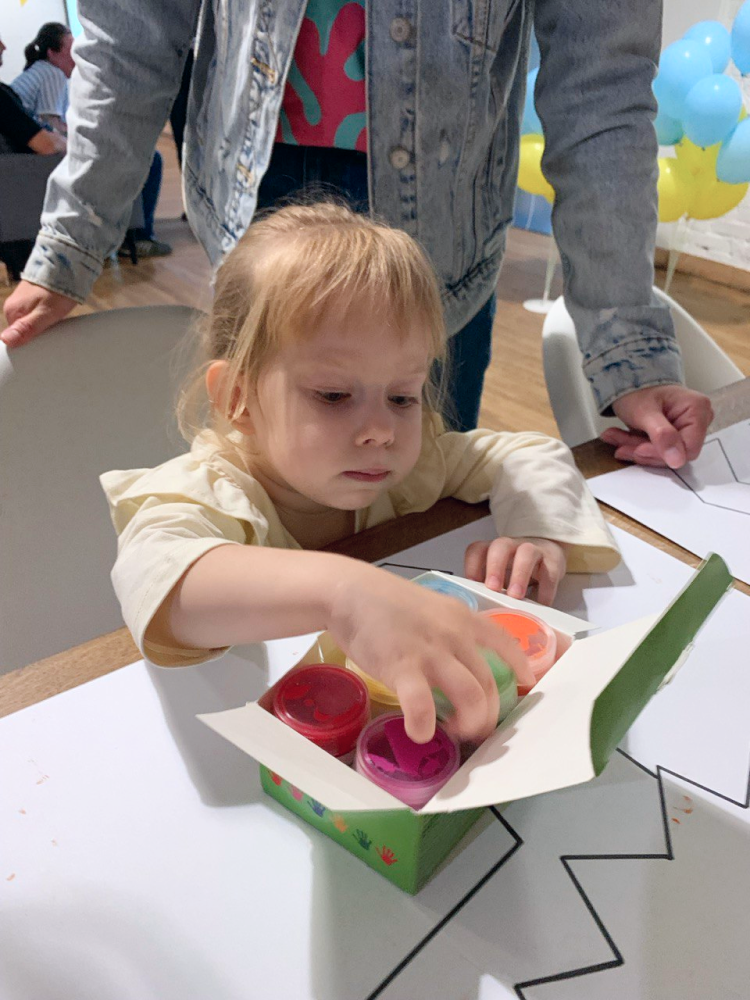Today we will focus on studying the topic of atypical autism in Ukraine and ways to support children with this diagnosis. Our goal is to talk about the signs of this disorder and find ways of jointly supporting and understanding children with atypical autism.
What is atypical autism?
Atypical autism is one of the autism spectrum disorders, which is characterized by differences compared to other autism disorders. The main feature of atypical autism is its atypical course and specific manifestations.
The main signs of atypical autism:
- Unusual interests and hobbies. Children with atypical autism often have unusual interests for their age. It can be a passion for certain subjects, topics, or activities, with extreme intensity and focusing on them.
- Hypersensitivity to sensory stimuli. Some children with atypical autism may experience changes in the perception of sensory information such as sounds, light, texture, or smells. This can lead to hypersensitivity to certain stimuli.
- Differences in social interaction. Children with atypical autism may interact with other people and perceive social situations differently. They may have difficulty understanding nonverbal cues, emotional expression, and developing social skills.
- Communication disorder. Children with atypical autism may have difficulties in speech development and communication. This may manifest as a lack of speech, a limited vocabulary, or the use of atypical forms of communication, such as echolalia or limited gestures.
Atypical autism is a complex issue that requires an individual approach to understanding and supporting children with this diagnosis. We will consider diagnostics methods, support, and development for children with atypical autism in the following sections.

Causes of Atypical Autism
Scientists from all over the world studied the causes of atypical autism. Although specific causes are not always obvious, some factors can influence the development of this condition:
- Genetic factors. Research shows that genetics can play an important role in the development of autism. Children who have a family member with autism are at increased risk of developing ASD. Some genes responsible for brain development and its functioning can also be a factor in the appearance of autism.
- Neurobiological differences. Some studies show that atypical autism may be associated with neurobiological abnormalities in brain development. Changes in the brain structure and the functioning of neurons can lead to the appearance of characteristic signs of autism.
- Environmental factors. Some studies point to the possible influence of environmental factors on the risk of developing autism. This is poisoning by various toxic substances, environmental pollution, or other factors that can affect brain development during pregnancy and early childhood.
- Gender and sociocultural differences. Some studies show that autism is diagnosed more often in boys than in girls. In addition, sociocultural factors, such as access to resources for early diagnosis, may influence the prevalence of autism in different populations.
Although these factors may be significant in understanding autism, it is important to remember that each child is unique and the development of autism may result from a complex interaction between genetic, neurobiological, and environmental factors.
The role of family and environment in supporting a child with atypical autism
The family is an important element for the successful development and adaptation of a child with autism in society.
Creating a positive and supportive environment is crucial for a child's successful development. Parents and relatives can create conditions in which the child feels safe, which in such a way influences his/her social, emotional, and psychological well-being.
Parents of a child with ASD need to have access to information and educational resources that will help them understand the characteristics of autism and effective support methods. This may include participation in special trainings, seminars, or consultations with specialists.
In addition, active cooperation with medical and pedagogical specialists plays an important role in the child’s progress. Parents and relatives should share information about their child with professionals and actively participate in the development and implementation of individualized support and development programs.
It is also important to create opportunities for interaction and social integration of a child with autism. The family can actively work to ensure that the child can communicate and interact with other children of his/her age, in a way to facilitate his social adaptation and development. It is equally important that the family remembers its own physical and emotional health. Parents and relatives must learn to take care of themselves and rest to have the energy and resources to support their child with autism.
